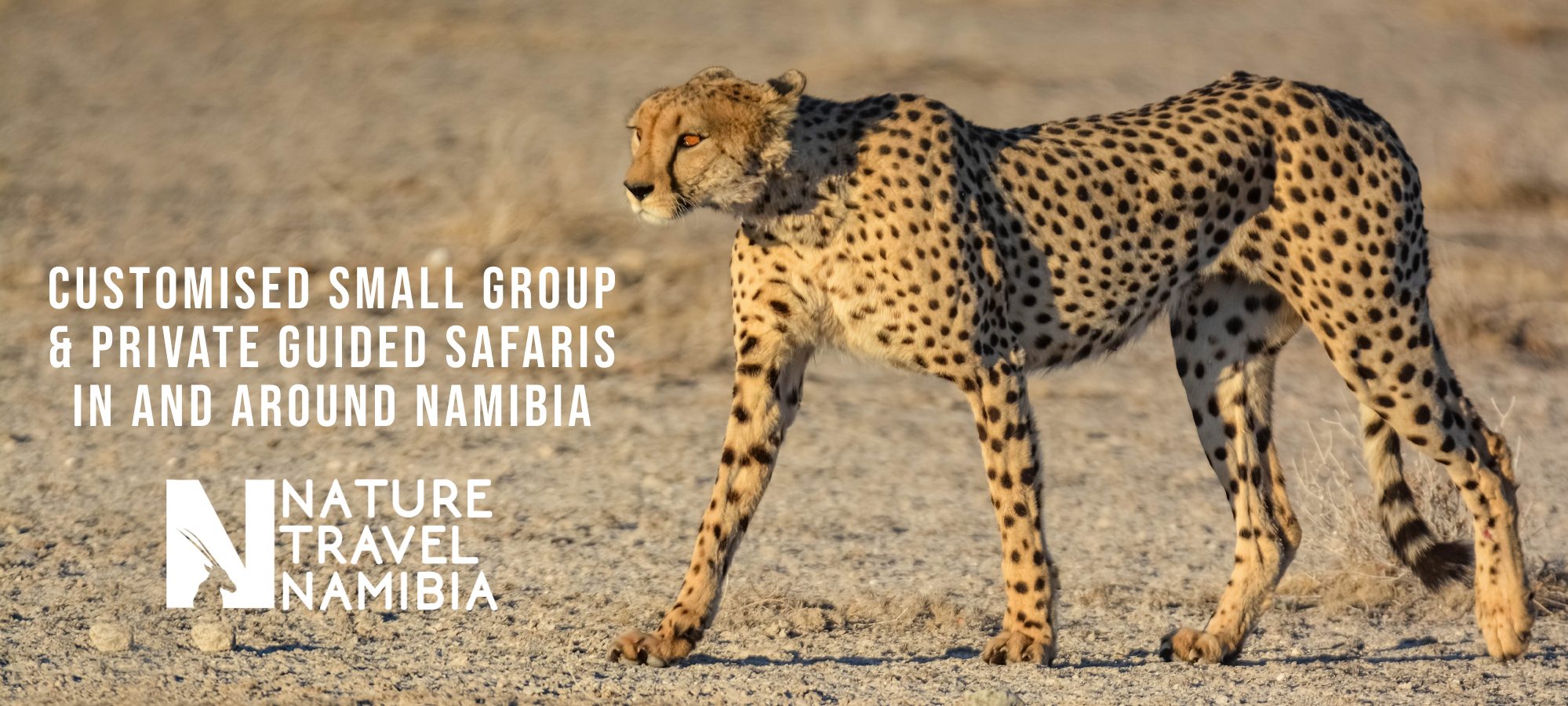
The name Etosha actually means “great white place” referring to the huge dry pan in the middle of the park, believed to have been formed over 100 million years ago. It is a dry lakebed, covered in salt and minerals (much like the Bonneville salt flats in the USA). The pan is 130km long and up to 50km wide, totally inaccessible to humans, and covers a quarter of the whole park.
Named a game reserve in 1907 by the governor of then-German South West Africa, Etosha was elevated to the status of national park in 1967 by an act of parliament of the Republic of South Africa which administered South West Africa during that time. Since then it has become one of the main reasons visitors from all over the globe come to Namibia, and annual numbers are over 200,000.
Although Etosha is best known today as a spectacular refuge for an abundance of animals, it is also a part of the world that is providing critical evidence for the existence and evolution of ancestral animals. The rocks in the hills near Halali camp have revealed fossil life as old as 650 million years!
Etosha is home to a staggering amount of wildlife, both common and rare, including several threatened and endangered species. The mammal list is at over 110 species, including African Elephant, Leopard, White and Black Rhinoceros, Lion, Cheetah, Giraffe, Spotted Hyaena, zebra (2 species), Greater Kudu, Springbok, Gemsbok (Namibia’s national animal), Common Warthog, Honey Badger and many more. Etosha has no African Buffalo.
A conservation project is currently on the go to reintroduce African Wild Dogs into Etosha.
Etosha has a bird list of more than 350 species. The Park has the odd record of having the smallest southern African bird, the Cape Penduline Tit, the world’s largest bird, the Common Ostrich, and the world’s largest flying bird, the Kori Bustard, all in one park! The sight of thousands of bright pink flamingos in the Etosha pan after summer rain is something one never forgets.
What further makes the park unique is the floodlit waterholes at all the main camps. Guests can sit in the comfort of armchairs with a drink in hand, watching the sunset over the African plains while animals lazily come down to drink. It is indeed a magnificent sight.
Naturally Etosha is a photographer’s dream, with the contrasts in light, colour and textures particularly dramatic. Many a guest’s “lifer shots” of African animal and bird species were taken in this park.
A variety of accommodation options are available and include ultra-luxurious lodges, luxury bungalows, camping and caravan sites. The park is malaria free and accessible in a regular sedan car. In more ways than one, it truly is one of the great parks of Africa.
Join one of our Popular Safaris to experience this wonderful safari destination with us.


